
Kassidy Helfant
gamer level 7
19370 xp
19370 xp
followers
41
41
Use my invite URL to register (this will give me kudos)
https://boardgaming.com/register/?invited_by=khelfant
profile badges




recent achievements

Junior Reporter
Earn Reporter XP to level up by completing Reporter Quests!
Earn Reporter XP to level up by completing Reporter Quests!

Time Well Spent - News
Click on the hourglass 100 times that appears when you are browsing News pages. learn more >
Click on the hourglass 100 times that appears when you are browsing News pages. learn more >

I'm a Gamin' Fiend!
Claim that you have played a game today by clicking the "Played Today!" button on a game page 200 times.
Claim that you have played a game today by clicking the "Played Today!" button on a game page 200 times.

Tomahawk
Explore select games by completing a series of exploration actions. learn more »
Explore select games by completing a series of exploration actions. learn more »
Player Stats
Critic (lvl 2)
675 xp
675 xp
Explorer (lvl 3)
1272 xp
1272 xp
Professor (lvl 1)
253 xp
253 xp
Reporter (lvl 3)
775 xp
775 xp
About Me
I'm a hobby gamer in Brookline, Massachusetts, trained in the social sciences and working as a software tester. I'll give most games a try if offered, though 2+ hour-long play times and aggressive players can scare me off.



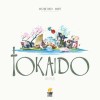














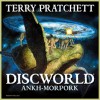













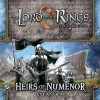





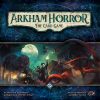





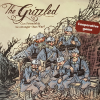





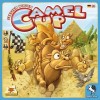
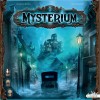


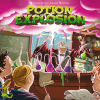

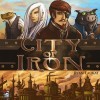









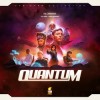


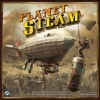





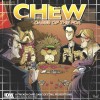







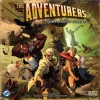
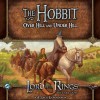




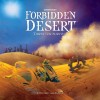












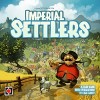


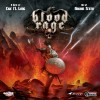





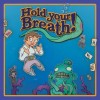




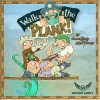


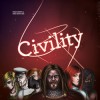



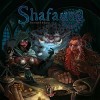










Dragoon
“These are the terrifying dragons ravaging the lands: Seafoam. Bone. Squash. And… Ketchup.”
My relationship with Dragoon began at my friendly local game store. A coworker recommended that I check out the game, which was being made by a friend of hers. I wasn’t hooked by the Kickstarter, so I figured I would see how I liked the game by playing it. I had a pretty good time with the designer teaching it, and wound up backing the Kickstarter to get a copy with a full-color map.
I’ve busted out Dragoon several times since buying it. Each time, I get a little bit less out of it. I have a decent time introducing the game, and talking about some of the fun stories from the Kickstarter — how the dragons got their names; how the Thief became canonically female; the player who kept coming back to play at PAX until they could make the Thief win. But the actual gameplay has not held up well for me.
How does it look?: Dragoon is a treat to look at and hold. Several components are made of hefty metal painted fun colors, with painted wood pieces to match. The map and score tracker/carrying bag are cloth. The remaining pieces are cardboard and good-quality cards. The art style for the map and cards is jagged and distinct. The one complaint I have about component quality is the score tracker printed on the game’s carrying bag. It loops in some weird directions, which always throws players off. All in all, this is a game that will last, and is a lot of fun to set up and show people.
How does it play?: Dragoon has a few avenues for racking up points. You can cow the human settlements into paying you tribute. If you do this, you roll once at the end of a turn to see if your settlements pay a little, a lot, nothing, or if one of them gets uppity and you lost ownership. This is the option to take if you want long-term security and don’t mind some random chance. If, instead of capturing a settlement, you destroy it outright, you get a one-time payout, guaranteed.
The third option is to steal — if you enter a space with another dragon, you can fight them, with the winner stealing gold from the loser. You can also enter another dragon’s lair, stealing from their hoard, but they will steal some amount back if you don’t exit the lair by the end of your turn. There is also an NPC Thief, whose treasure you can chase down on the map and plunder.
This is all supplemented by a deck of action cards that change the game. Some cards make it easier to win fights, incentivizing players to pick on other dragons. Other cards give additional movement, or guarantee payout from conquered settlements. Cards are single-use, so they shape play in a tactical way, rather than changing the entire game.
Overall Impression: The point-tracking in Dragoon is very visible — it’s a race to the finish, and you will always know where each player stands. This makes it susceptible to Kingmaker situations. There is also a lot of random chance — card draws, dice rolls, and human settlement placing. I do think that you can be better or worse at Dragoon, but even when you’re good at it, a not-insignificant part of the game is arbitrary. It can also take a long time for what is mechanically a fairly light game.
If someone asked to play Dragoon specifically, I would break it out, and probably have an okay time.